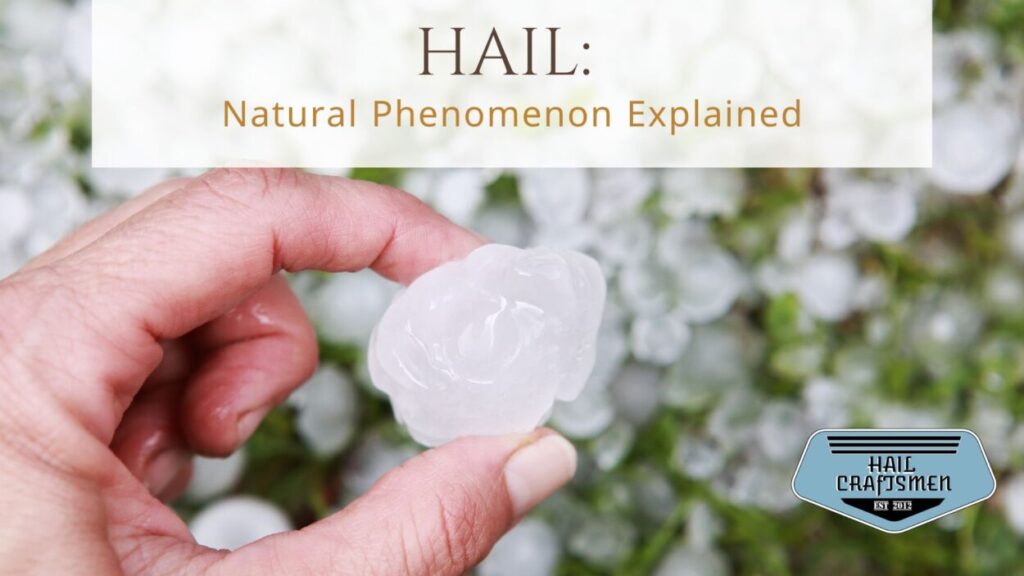Hail is a type of precipitation that falls from the clouds in the form of ice balls. It occurs when thunderstorms carry water droplets into the upper levels of the atmosphere where temperatures are below freezing. These droplets freeze and become ice particles that then grow as more water vapor condenses on them.
Here are some interesting facts about hail:
- Hailstones can vary in size from a pea to a grapefruit or even larger. The size of hailstones is determined by the strength of the updrafts in the thunderstorm, which carry the hailstones higher into the atmosphere where they continue to grow.
- Hailstones are not always perfectly round, they can be irregular in shape, and even have lumps or bumps on them.
- Hailstones can cause significant damage to crops, homes, and vehicles. In severe hail storms, the hail stones can be large enough to break windows and dent cars.
- Hailstones are formed from layers of ice that freeze and thaw repeatedly as they are carried higher and lower in the atmosphere by the storm’s winds. This causes the hailstone to have a layered appearance.
- Hailstones can reach high speeds when they fall to the ground, often over 100 miles per hour. This speed, combined with the weight of the hailstones, can cause significant damage when they hit the ground.
- Hailstones can be different colors, including white, blue, green, or yellow, depending on the amount of air trapped inside the hailstone and the type of materials it has picked up from the atmosphere.
- Hailstones are not exclusive to one part of the world, they can occur anywhere where thunderstorms form, including the United States, Europe, Australia, and South Africa.
In conclusion, hail is a fascinating and powerful natural phenomenon that can cause significant damage. Understanding the science behind hail and being prepared for severe hail storms can help protect you, your property, and your community.


